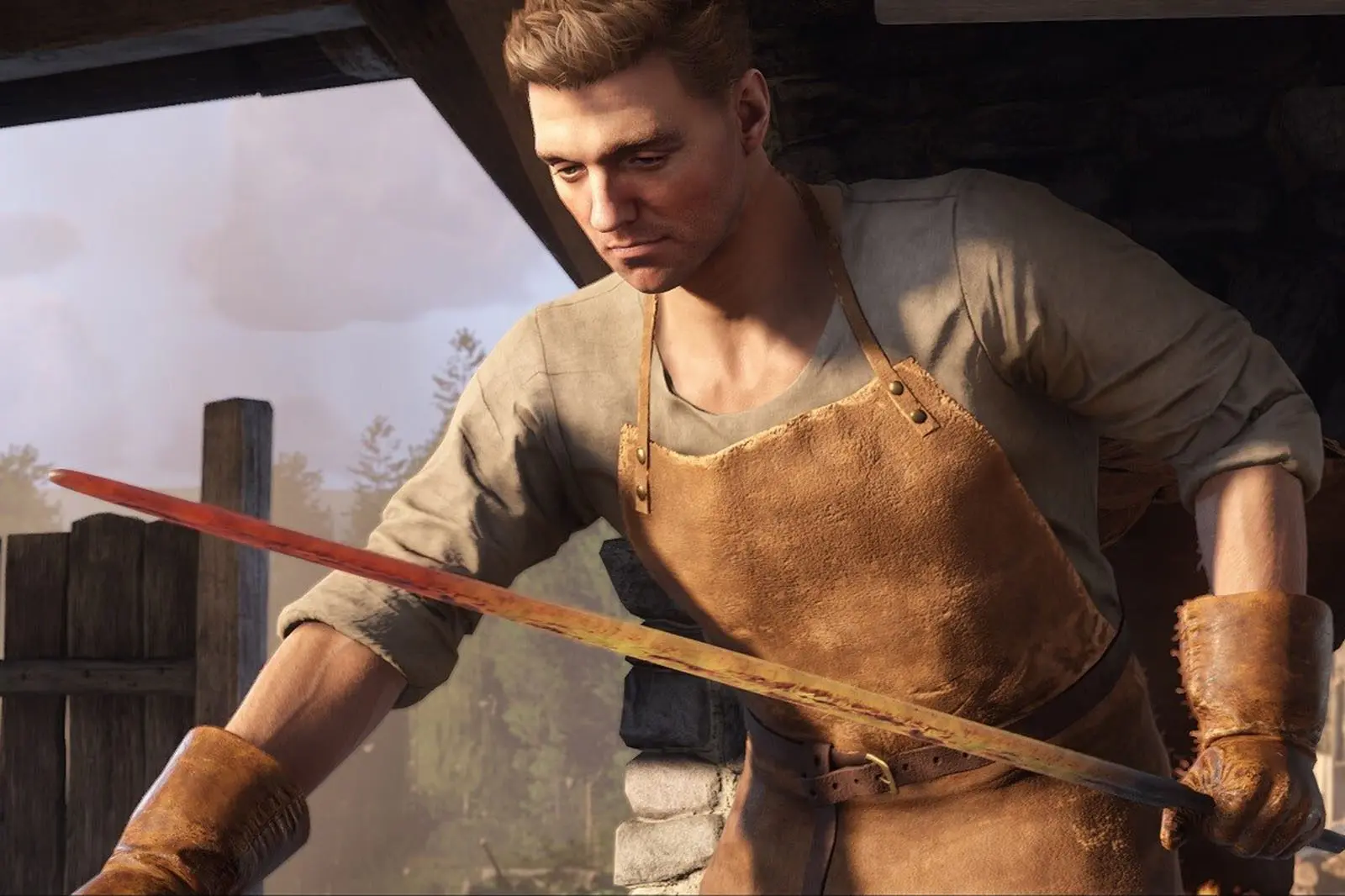A cinematic medieval epic brimming with action and heart
Kingdom Come: Deliverance 2 arrives like a gallant knight, delivering a rich tapestry of medieval storytelling, sharp skill-based melee combat, and cinematic ambition worthy of the big screen. This sequel doesn’t just build on its predecessor—it transforms its foundation into something grander, echoing the evolution seen in other RPG franchises as they refined their formulas. Though technical imperfections remain and its dual nature occasionally leads to friction, its ability to captivate across a 100+ hour journey is undeniable.
A Continuation Steeped in Nobility and Bloodshed
The narrative resumes almost immediately from where the original left off, yet manages to be accessible to newcomers. Henry, the blacksmith’s son-turned-warrior, finds himself embroiled in dynastic conflicts and brutal warfare. Surrounded by a dynamic cast—including a loudmouthed noble and notable historical figures whose appearances add a layer of realism—the story unfolds with clarity and depth. The plot is easy to follow, and flashbacks or references to earlier events are introduced naturally to keep players up to speed.
Remembering the Roots
The original Kingdom Come: Deliverance was lauded for its grounded realism, immersive combat, and a unique approach to storytelling. Despite its occasional bugs and obscure quest markers, it offered a memorable RPG experience. That same vision returns here, but with noticeable polish and refinement. The first-person melee system has been sharpened, and the world itself feels more reactive and alive.
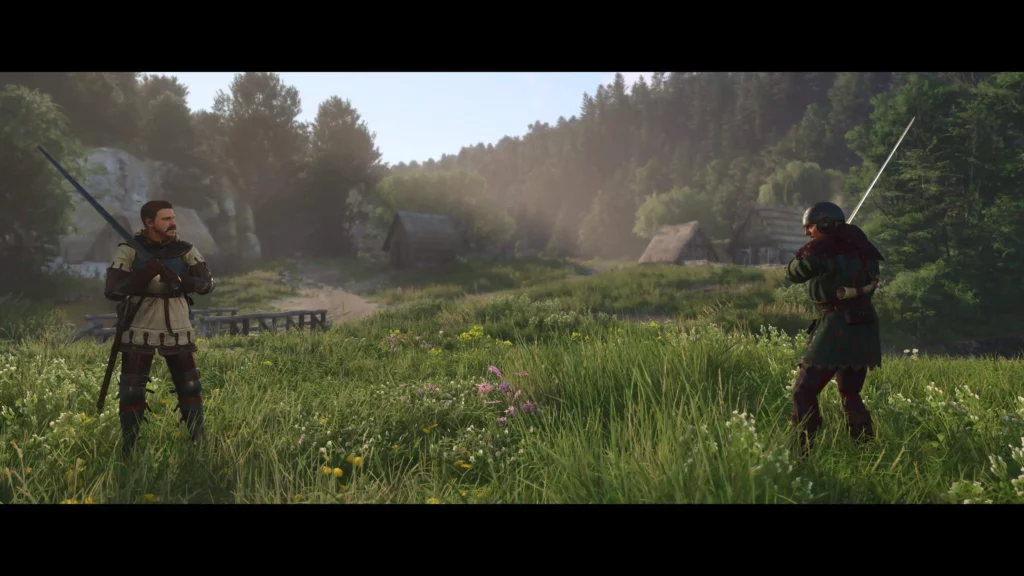
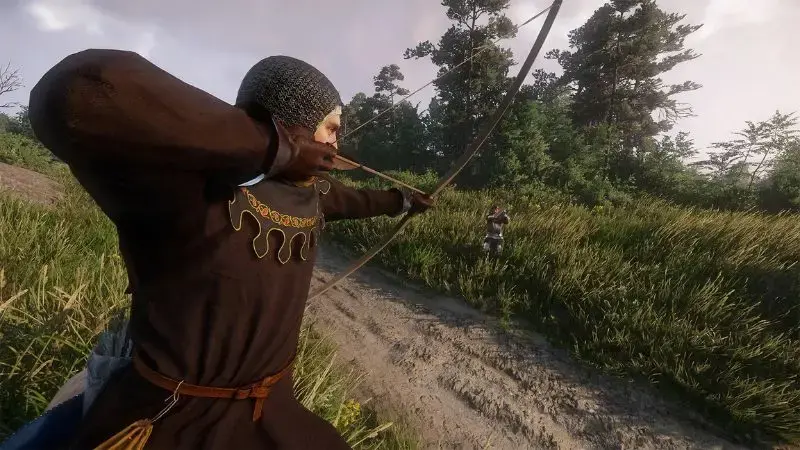
Kuttenberg – A Jewel of Medieval RPG Design
Of all the locations, none shine brighter than the city of Kuttenberg. Described by many as one of the most impressive medieval cities in RPG history, its layout mimics the actual Czech town, down to its street grid. It is a joy to roam, whether engaging in minor urban dramas like sword school rivalries or unraveling a grisly murder mystery. Yes, some characters share faces and voices—even key NPCs—but the overall energy and density of Kuttenberg make these quirks easy to overlook. Arriving there after over 40 hours of adventuring, the instinct to shop for flashy gear and premium armor felt perfectly in tune with what a grand capital should inspire.
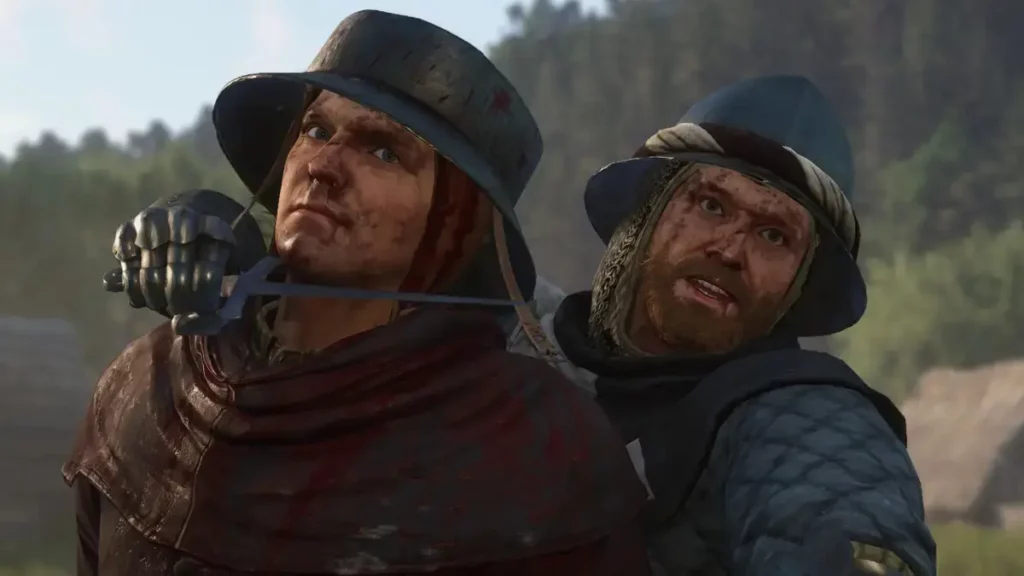
A Quest Log Overflowing with Substance
One of the sequel’s strongest achievements is the variety and quality of its quests. With nearly 100 available, few feel like filler. Rarely is Henry simply tasked with eliminating bandits or delivering items—each quest offers an emotional moment, moral dilemma, or narrative twist. Some are better in concept than execution, such as an eerie underground mission that shifts into horror but ends before the fear truly sets in. Still, the writing, pacing, and scenarios maintain enough momentum that questing never turns into a grind.
Two Expansive Maps, One Immersive World
Spanning two open-world regions, the game recreates 15th-century Bohemia with meticulous care. While much of the landscape consists of forests, hills, and meadows, this uniformity mirrors the actual terrain. The contrast between rural villages and wild nature maintains visual interest, though it’s odd that most churches are inaccessible—especially considering how central they would be to period life.
A Main Story Worthy of the Silver Screen
While the side quests resemble self-contained TV episodes, the main campaign plays like a sweeping war drama. There are moments of triumph that elicit joy and scenes that strike with emotional force. Henry’s main antagonist becomes a compelling presence, forcing the player to reflect on past actions and choices in what turns out to be one of the most memorable final confrontations in recent RPG memory. The story remains mature and thoughtful, asking questions about morality and personal identity without descending into melodrama or edge.
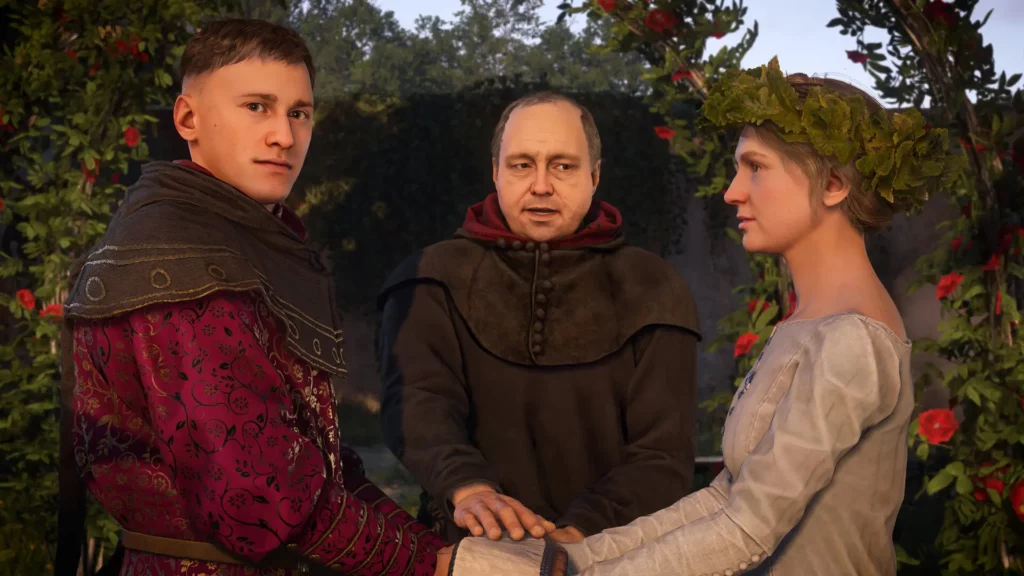
When Open Worlds and Linear Tales Collide
However, the game’s attempt to blend a tightly scripted story with an open-world sandbox occasionally causes friction. One glaring example involves the Hungarian Camp—established by the series’ longtime villain, King Sigismund. After building up strength, training with elite blademasters, and forging the finest sword in the land, Henry returned to this stronghold and wiped out the entire enemy force in a thrilling display of skill and vengeance. But the story later demanded a stealth infiltration of the very same camp. Despite Henry’s earlier conquest, the game forced players to sneak around like nothing had happened. This inconsistency not only broke immersion but also led to a massive reputation drop, as the local peasants inexplicably turned on him despite his actions against an invading army.
Satisfying Combat and Crafting
Thankfully, issues like these are rare. The revamped combat system is still a highlight, with improvements to responsiveness and variety. While some balance shifts at higher levels favor character stats over player skill, the experience remains rewarding. Archery, especially, benefits from better mechanics.
Crafting, too, has evolved. Though the blacksmithing minigame can feel clunky, creating a sword and then wielding it in battle is still fulfilling. Alchemy has been streamlined, and the new perk system provides truly impactful choices. Gone are the awkward trade-offs of the original—now players can make meaningful upgrades with each level, rather than side-grades that cancel each other out.
Technical Strengths and Minor Glitches
Technically, the game runs impressively well, even on high-end settings and at 4K resolution. It’s particularly striking considering the first game still struggles with optimization. Most bugs encountered are minor and amusing, rather than disruptive. These moments serve as light-hearted reminders of the game’s scale rather than barriers to enjoyment.
Verdict
Kingdom Come: Deliverance 2 confidently carries the legacy of reactive, first-person RPGs forward. With its deeply engaging story, memorable characters, and refined combat, it delivers an experience both ambitious and emotionally resonant. Though it sometimes stumbles when trying to juggle open-world freedom with linear storytelling, it never fails to draw the player into its richly textured world. Whether wandering through Kuttenberg, unraveling royal intrigues, or facing moral crossroads, players are in for an unforgettable journey—and one that sets a new standard for grounded historical RPGs.
We have a lot more interesting things to tell you about this game.
